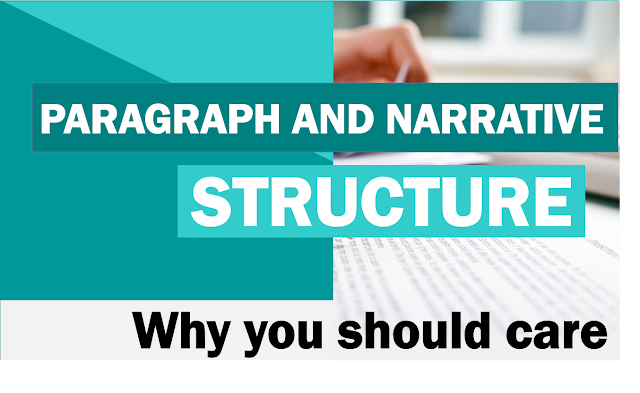Nightmare on Proposal Street

Proposal horror stories: for many of us, they have left deep scars, driving contingency plans and schedule buffers that often frustrate our teams. When developing our proposal schedules, APMP advises us to build in 10 percent of our proposal development time to plan for unexpected events. But until you’ve been the one stuffing binders in the back of an SUV, illegally speeding down a shoulder during bumper-to-bumper traffic, you’ll never truly understand the importance of these planning measures. And if you’ve ever taken these extreme measures only to still miss your proposal delivery—I know you understand the importance of planning even more deeply than those of us who have not! In honor of the upcoming Halloween festivities, I thought I would share one of my favorite proposal horror stories. Murphy’s Law A few years ago, I worked on one of those proposals where if something could go wrong, it went wrong. By this time in my career, however, I had already witnessed severa...


